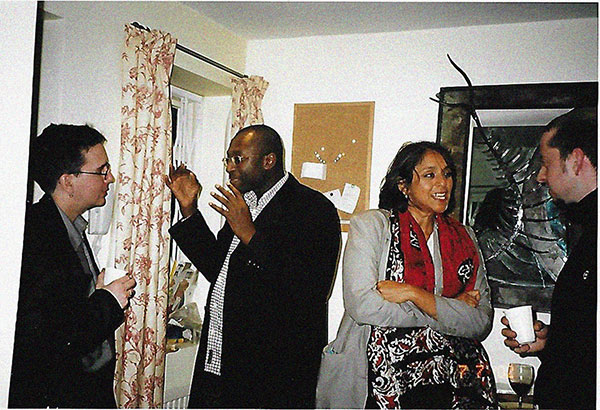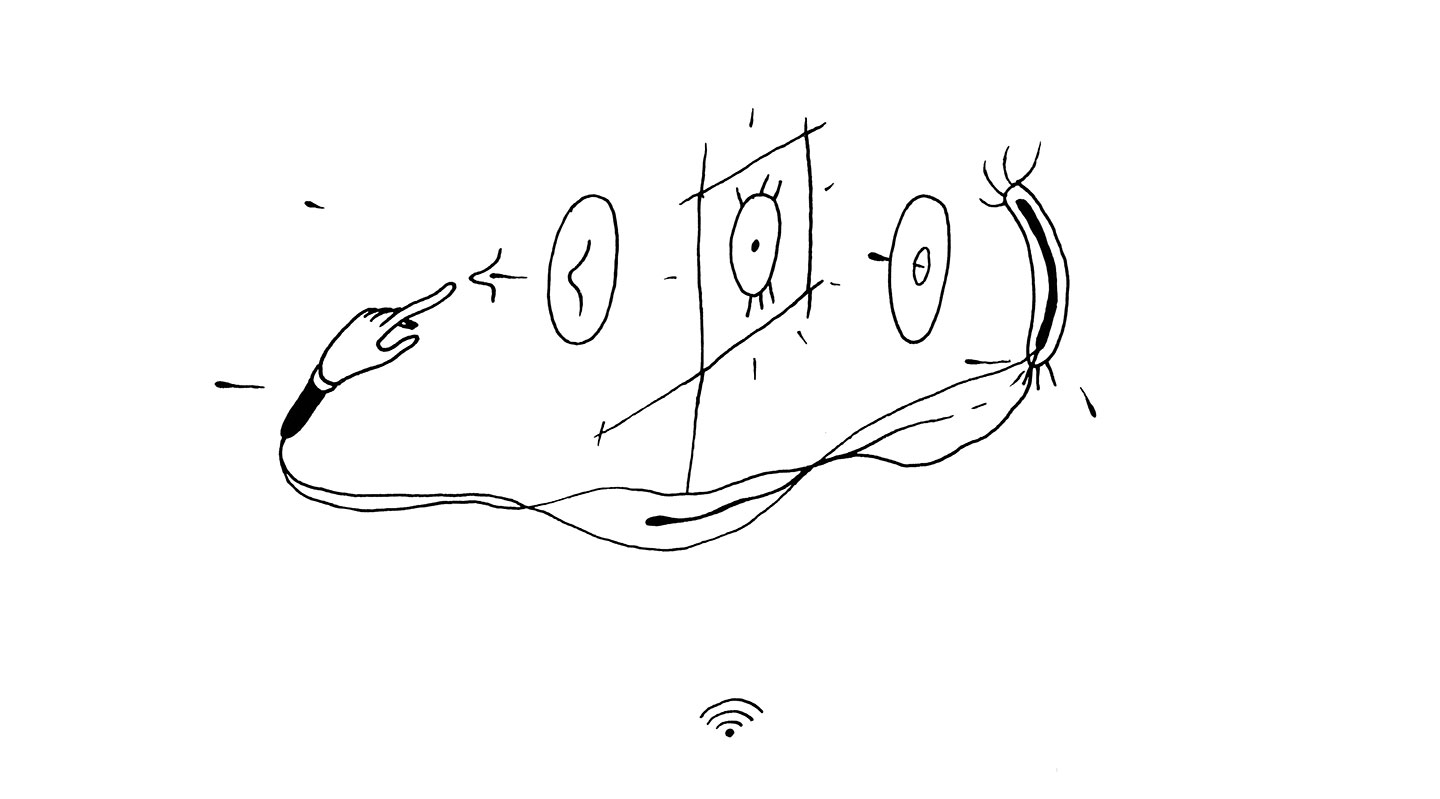Put bluntly, the point is to interpret and act on the world, but never to change it. The contemporary turn towards the “innovative state” thus cannot be taken plainly as some counter-hegemonic project to prove the state’s ability to achieve the social optimization that neoliberals expect from the free market. Instead, in testing, experimenting, and reinventing itself, the state too often displaces existing functions of social redistribution through its new role of reengineering a defunct system requiring no more than an upgrade.
Crisis


According to Webster’s Unabridged Dictionary, “crisis” is derived from the Ancient Greek κρίσις: to separate, to see. It is defined as follows:
a. The point of time when it is to be decided whether any affair or course of action must go on or be modified or terminate; the decisive moment; the turning point.
b. An unstable situation, in political, social, economic or military affairs, especially one involving an impending abrupt change.
In times of crisis, we question what we see and the very conditions of seeing itself. To separate, to see—but how does one continue in anticipation of a turning point? What alternative collaborations and solidarities emerge from such contexts of dispossession? Collaboration, intimacy, and revolution. An ability to come together in times of crisis, both external and internal to our relationships. A collective responsibility to offer support and understanding.
Blaccelerationism posits that there is no need for reclamation. A specific tradition of black radical thought has long claimed the inhumanity—or we could say anti-humanism—of blackness as a fundamental and decisive feature, and philosophically part of blackness’ gift to the world. Blaccelerationism also draws little distinction between a black acceleration and an afrofuturism. Instead it sees them as siblings and coconspirators. Masterworks of black art and culture that have been labeled examples of afrofuturism often participate equally in a blacceleration toward the end of the world. To give just one example: Busta Rhymes’s suite of apocalyptic albums (The Coming, When Disaster Strikes, E.L.E (Extinction Level Event): The Final World Front, and Anarchy) are often called afrofuturist for their exploration of a near-future techno-apocalypse and their warped, cyborgian accompanying visuals. However, by putting the black man at the center of the apocalypse—as both the agent of the world’s demise and its inheritor—these works resonate more specifically with the child of these strange bedfellows, black radical thought and accelerationism, that I call blaccelerationism.
Affects, contemplations, stimulations, and struggles happen in and through the lap, this site that accumulates the contexts of motherhood (associated with the womb and with the bodily grammar of caring), sexual entertainment (the lap as a space where two bodies come closer through a clientele dynamic), and domesticity (the pet dog as an extension of the family sphere, a receiver of libidinal transferences, and as sublimator of privately occurring sexual drives). The lap constitutes a space at once para-sexualized—where the relation between the mother and the child, the caretaker and the cared for, takes place—and a space at the core of the unfolding of a relation of intimacy, as the lap opens itself to both male and female sexual organs, with potential physical consequences for its beholders. The significance and potential of this accumulation of functions in this space that is at once intimate and public opens itself, when the laptop arrives, to a new configuration.
Gender essentialism—“women’s empowerment”—overtakes any class or race discourses, which are at the core of internationalist feminist politics. “Global womanhood” becomes a category or a class in itself. Hunger is separated from class and from the failure of states to provide and distribute wealth equally. The main political aim becomes fighting hunger, without any reflection on what has caused this hunger—for example, the failure to subsidize farmers’ material needs; the historical mismanagement of water distribution, which has led to drought in many areas; the overexploitation of underground water (like in the Bekaa valley); the distribution or subsidization of fertilizers for farmers, which over many years has damaged the soil; toxic waste polluting the water; and more generally the laws around property or land ownership, which favor the few at the expense of the many. NGOs do not address this mismanagement at the state level; instead, they try to compensate for it.
Along with being an index of democracy, art is also a lucrative niche for the global entertainment business. Art has thus become a form of consumable merchandise, destined to be used up. In this situation (diagnosed by Arendt and others in the 1960s), artists have either embraced this quality of art as merchandise (Jeff Koons, Damien Hirst), or rejected it in the name of politicization and criticality (Hans Haacke, Andrea Fraser, Hito Steyerl). With globalization, critical artists have been summoned to become useful by surrendering art’s (always partial) autonomy and taking up the task of restoring what has been broken by the system. So they denounce globalization’s collateral damage and contemporary art’s woeful conditions of production. They imagine a more just future, produce political imaginaries, disseminate counter-information, restore social links, gather and archive documents and traces for the “duty of memory,” etc. Perhaps, then, the prior role of the artist as a cultural vanguard has given way to a mandate to cultivate a feeling of political responsibility in spectators, in the name of self-representation and the representation of Enlightenment values.
The maroons’ story I was taught at home was my first lesson in creating spaces of freedom despite an ideology that reduced black bodies to commodities and rendered the logics of murder a rule and extinction politics. I also learned that creating spaces of freedom depended on patience and a kind of true but rare courage that black women have historically demonstrated. Their stories enlighten another temporality than the Western masculine one of progress, defeat, victory, and triumph over matter, all processes understood as enforcing submission, crushing all obstacles, laying to waste.









